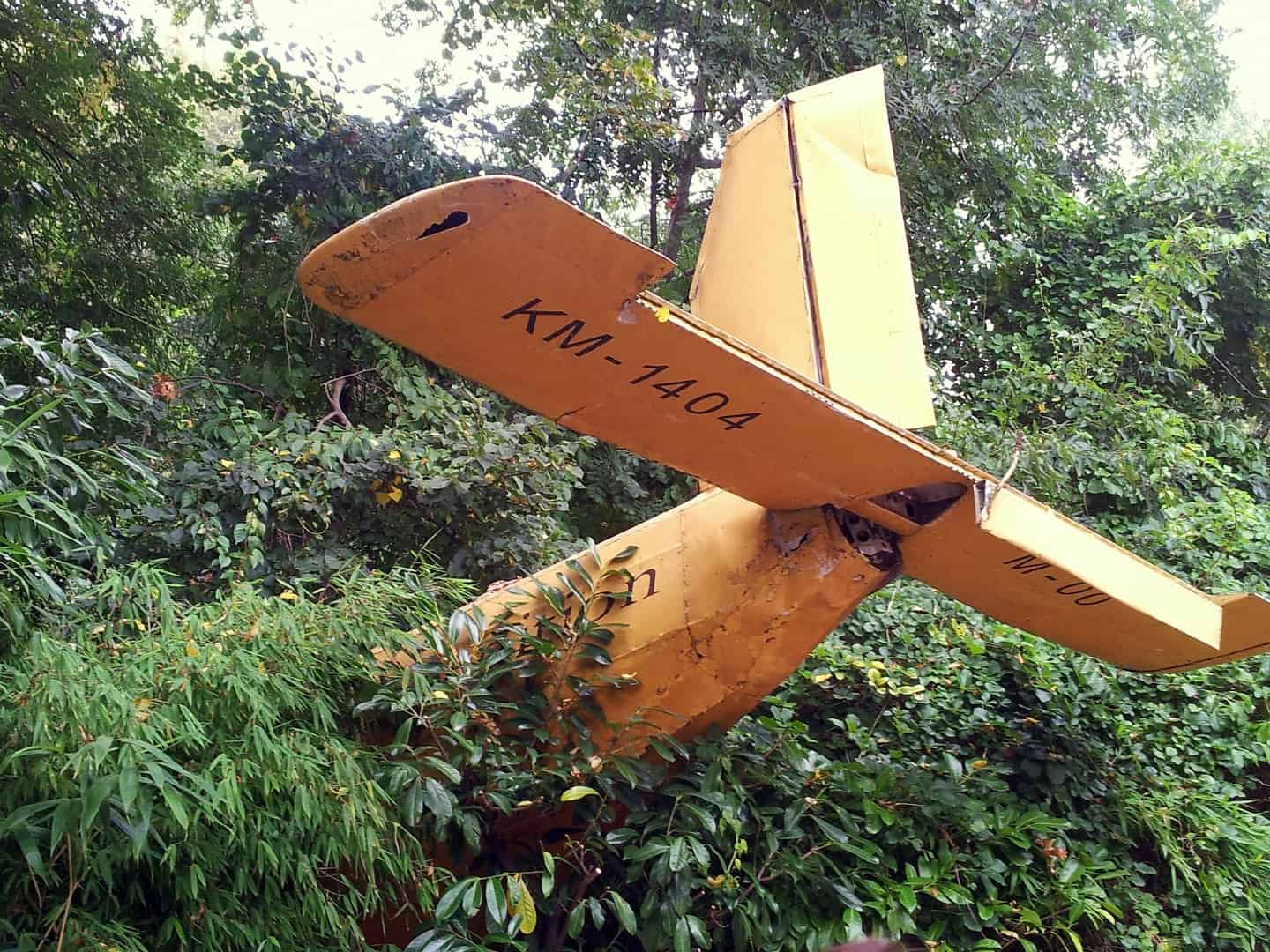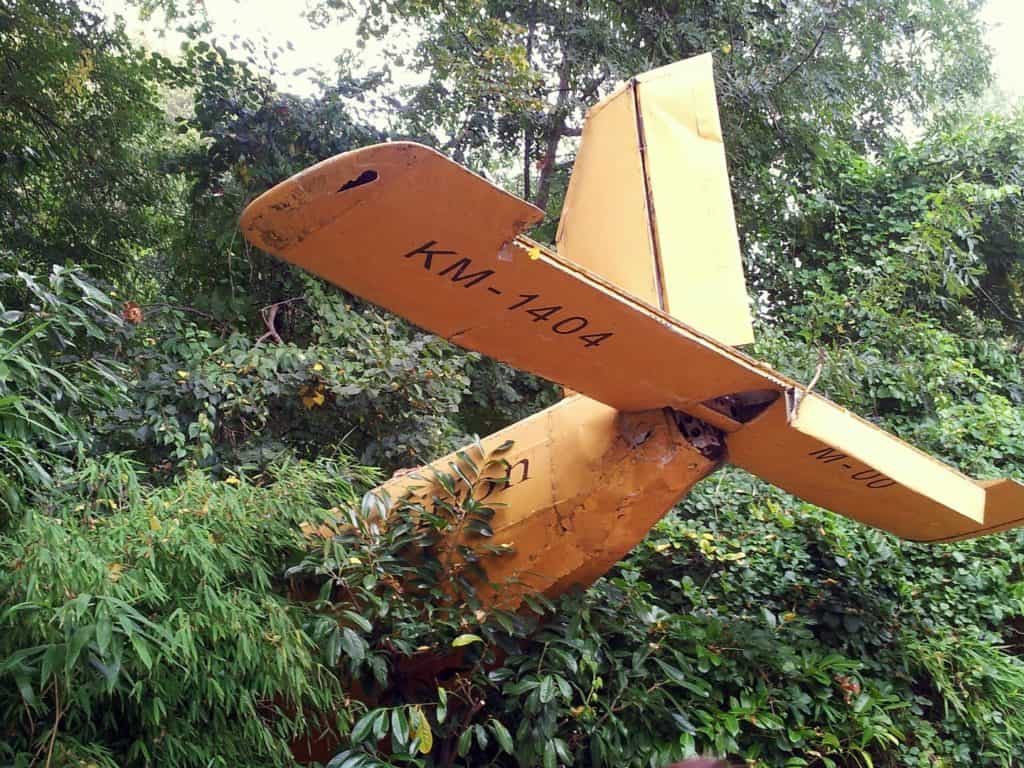
Whenever we see a Hollywood movie or a news clip of an aircraft crash it always seems to explode into a large fireball with very few survivors. The questions always seem to get asked if this happens to every aircraft if it crashes. Does that mean we will all perish if the aircraft we are on one that crashes?
Generally, aircraft do not explode when they crash but the fuel that escapes from the fuel tanks rupturing turns into a fireball. As the aircraft begins to disintegrate upon impact the fuel vapors ignite which then causes the remaining fuel to rapidly vaporize and ignite causing the large fireball.
I have seen many accident reports over my years as a pilot and aircraft exploding upon impact is not as common as you are led to believe. Hollywood loves to make everything explode but in reality, there are many more aircraft that survive a crash without fire.
If you wish to learn more and see how safe aircraft really are please read on…
What Causes an Aircraft To Explode?
Explosion according to Google is “A violent and destructive shattering or blowing apart of something, as is caused by a bomb”. When an aircraft crashes it does not explode, it may, however, crash from an explosion, ie. a bomb detonated during flight.
When an aircraft impacts the ground it can have tremendous forces imparted on it especially if the velocity at impact or its rate of descent is high. When the aircraft experiences a High-G impact the aircraft will start to disintegrate and once the fuel tank/s rupture, this allows the fuel to come into contact with a source or sources of ignition.
If an aircraft crashes and its fuel tank remains intact it will not become engulfed in a large, intense fireball. If it ruptures an oil line or a hydraulic line, a small fire may start but the amount of volume of those fluids is minimal and will not cause a large fireball.
Do Bigger Aircraft Catch Fire More Easily?
The larger the aircraft, the more fuel it carries. When a fuel tank ruptures during a crash the amount of fuel vapor available to ignite is more, thus resulting in a larger fireball. The other thing to consider is the size and/or quantities of the fuel tank/s.
A Boeing 737 can carry over 10,000 gallons/40,000 liters of fuel, whereas a Cessna 172 can carry around 55 gallons/205 liters of fuel.
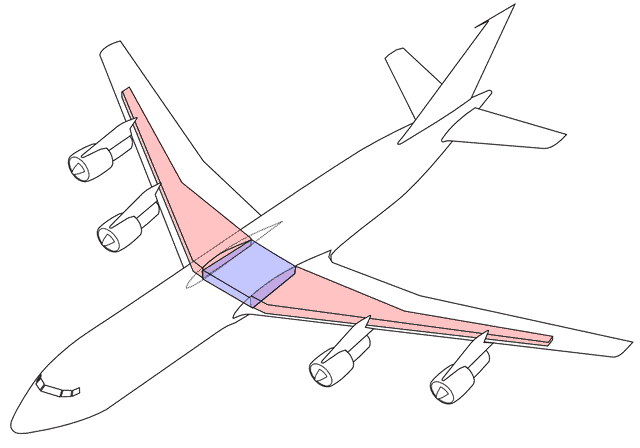
On most airplanes, the fuel is stored in the wings. In a small aircraft, the impact speed is usually quite low and the wings usually stay intact. This allows the fuel tanks to remain intact therefore most small aircraft can survive a crash without a post-crash fire.
On large commercial airplanes, the impact speeds and fuel quantity carried are much higher. Because of this, higher impact speeds are common, and also the fact that the wings are much larger means that most impacts will cause the wings to disintegrate or become ripped from the main fuselage.
This instant release of massive volumes of aircraft fuel means the chances of even a small portion finding an ignition source is very high. Because of this, most high-energy impacts of a large airplane will always lead to a large fireball.

Join My Newsletter & Get Great Tips, Information and Experiences To Help You Become a Superb Pilot!
Does Aircraft Fuel Easily Explode?
There are two main types of aircraft fuel. A gasoline version known as AvGas which is used in piston-powered aircraft engines, the second fuel is a Kerosine version known as Jet Fuel which is used in all jet engines (Gas Turbine Engines).
There are various grades of each type of fuel used depending on the operating location and climactic conditions but the two most common variants are 100LL (Low Lead) AvGas and JetA jet fuel.
The factor that determines how easily a fuel is ignited is called its Flashpoint. The lower its flashpoint, the lower the temperature at which it will begin to give off vapors. It is the vapors that will first ignite. As the vapors ignite they then raise the surrounding ambient temperature, more vapor is created, leading to more fire. This sequence can happen almost instantly, hence why a large fireball is seen rising into the air in the moments just after the initial ignition.
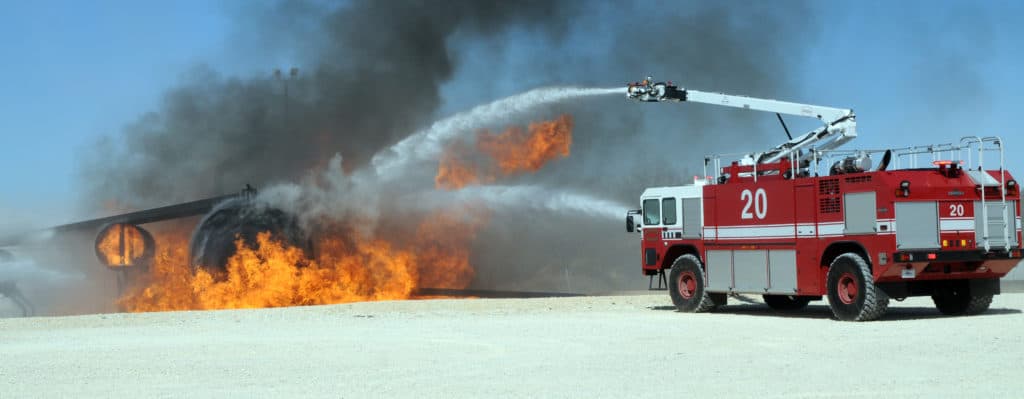
AvGas is very similar to the gas used in your car and it has a flashpoint of -43°C/-45°F. At any daytime/nighttime temperature in most parts of the world, you can see that AvGas can be giving off vast amounts of vapor. This is why Gasoline and AvGas have to be handled with extreme caution to prevent ignition. Just watch the vapors coming from your fuel tank next time you refuel your car!
AvGas is classed as a Flammable Liquid because of its flashpoint. A flammable liquid is a liquid that can be easily ignited in air at ambient temperatures.
A small aircraft fueled by AvGas can easily turn into a fireball upon impact if the fuel tank becomes ruptured.
Jet Fuel has a much higher flashpoint of +38°C/100°F before it begins to give off vapor. Because of this, it requires a much higher ambient temperature to create large amounts of vapor to become ignited.
Jet Fuel is classed as a Combustible Liquid because of its higher flashpoint. A combustible liquid is a liquid that cannot be easily ignited in air at ambient temperatures.
A larger aircraft fueled by Jet Fuel can also easily turn into a fireball upon impact if the fuel tank becomes ruptured.
Are There Ways To Prevent Post-Crash Aircraft Fires?
Surviving an aircraft crash only to perish in a post-crash fire is a horrible way to leave this planet. Manufacturers are constantly working on solutions to help reduce the chances of a post-crash fire thus improving the survivability of a crash.
Here are some of those solutions:
Landing Technique
If the pilot is able to have some control over their aircraft then attempting to land in a clear area with a slow forward speed and slow rate of descent is the best way to ensure the aircraft remains intact. These are the 3 best options. When only one or some of these are available the idea is to get the aircraft onto the ground with as little impact energy as possible.
If trees are the only area to land, aim for the smallest, thinnest trees. Try to come in on a shallow angle and let the trees bleed off the forward speed as the aircraft begins to strike them. This will help to dissipate energy and lead to a lower G impact.
For those times when the aircraft is completely out of control then it’s pure luck whether the occupants will survive the initial impact forces, then another stroke of luck to avoid a post-crash fire.
Fuel Dumping
For aircraft equipped with a Fuel Dumping system, the pilots can elect to dump fuel in an emergency. This is mainly fitted to larger airplanes as they are able to take off with more fuel than they are allowed to land with. This is due to the weight imparted on the landing gear during the landing as most airplanes are meant to burn off sufficient fuel before landing.
For that airplane where the weight of fuel is too much when needing to return to the takeoff airport in an emergency, the pilots can dump fuel.
Although the fuel dump is supposed to be done at altitude to allow the fuel to evaporate into the atmosphere, in an emergency a pilot can break any rule to ensure passenger and crew safety. This fuel dumping system can also help when the pilot/s suspects an emergency landing must be made and a runway cannot be reached.
By dumping fuel a pilot can reduce the amount of fuel there will be to feed a fireball. The more fuel there is to burn, the hotter and more violent the impact fireball could be.
Even if the pilot manages to dump all their fuel the fuel tanks are large, especially on a commercial airliner and they will still contain unusable fuel that the fuel pumps cannot remove and fuel vapor. These two will create a fire if released during impact and exposed to a source of ignition.
The size, heat, and intensity of the fire though will be much smaller allowing for greater chances of survival.
Puncture Resistant Fuel Tanks
Some aircraft manufacturers supply as standard, or retrofit kits with puncture-resistant fuel tanks. The military has been using self-sealing fuel tanks for decades to prevent damage from shrapnel or bullets.
Puncture-resistant fuel tanks mainly come in a bladder form and are generally heavier than a standard fuel tank but can provide that extra level of protection.
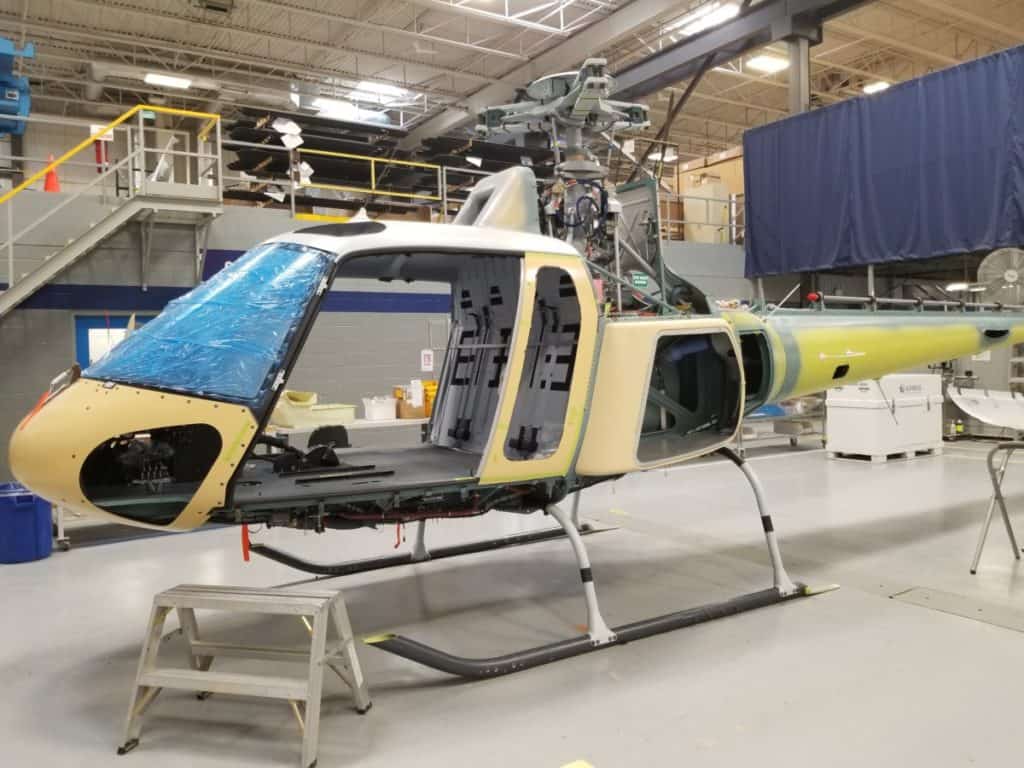
The Airbus H125 Astar helicopter that I fly now comes standard with a puncture-resistant fuel tank which is a nice feeling. The older Astar helicopters came fitted with a blow-molded plastic tank that would easily split if subjected to high-impact forces. Not good when it contains 1000 liters of jet fuel and is mounted directly behind the cabin!
Cost, weight, and market demand determine if an aircraft manufacturer is willing to design and install these in their aircraft, and although many are started to be fitted with them as standard, the majority of aircraft flying do not.
Fire Extinguishing Systems
Many of the larger aircraft, both airplanes and helicopters have onboard fire suppression and extinguishing systems. Mainly located around the engines these systems can be activated by the pilot if a fire is detected. Consisting mainly of Halon and pressurized with nitrogen they envelop the entire area starving the fire of oxygen and hopefully extinguishing it. These systems are primarily used for inflight fires.
For post-crash fires no aircraft is really equipped to deal with them, they need external assistance. This is where fire departments, airport fire crews, and helipad fire suppression systems are used. If the impact zone is a considerable distance away from external help then the fire will typically consume the aircraft before burning itself out.
Further Reading
If you found this article helpful you may also enjoy these too:

